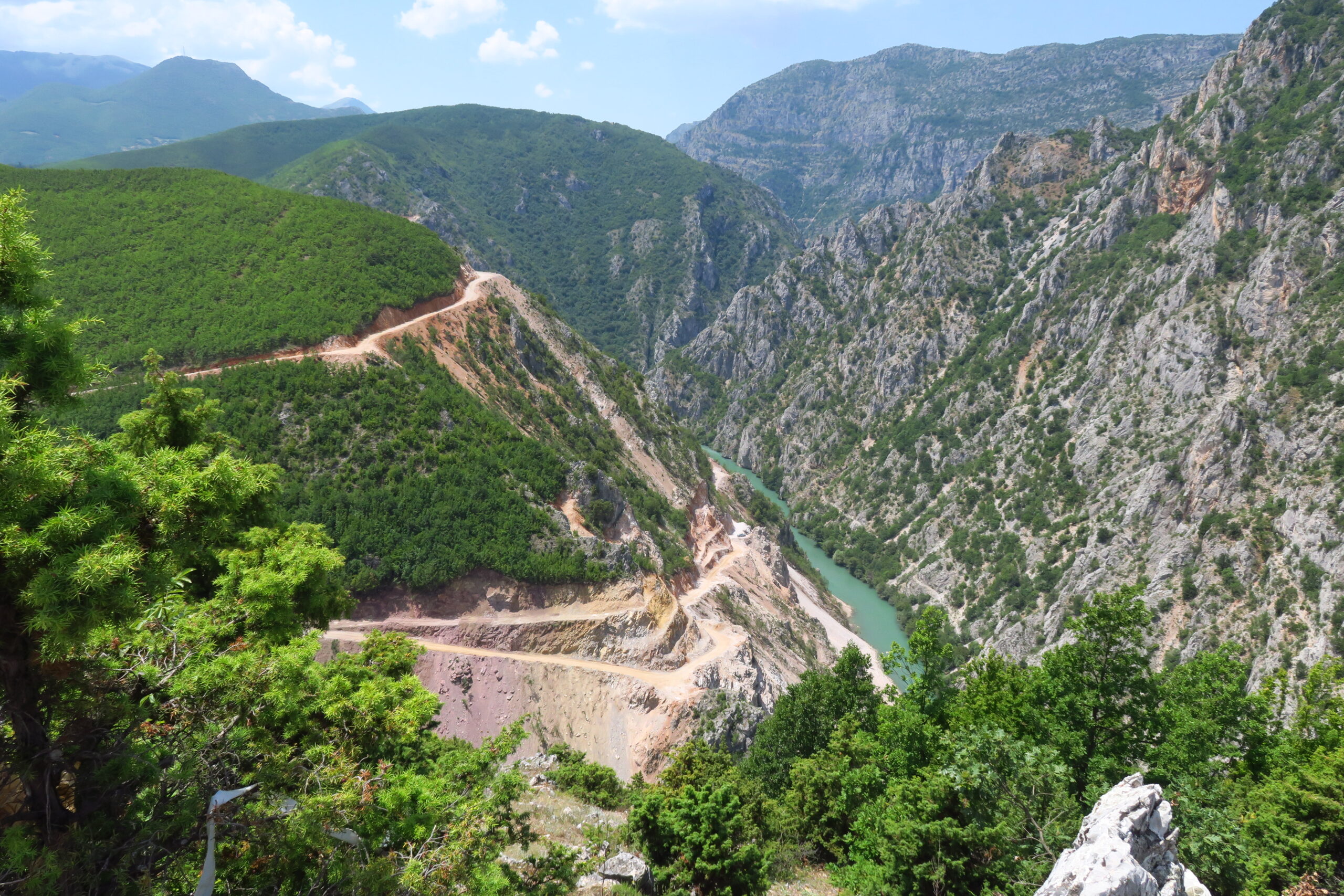Why hydropower in southeast Europe is a risky investment

Preparatory works at the Skavica hydropower plant in Albania. Photo: Andrey Ralev
Report | 27 July 2022
Hydropower, together with coal, has traditionally played a major role in the power systems of southeast Europe, with particularly high shares in Albania, Montenegro and Croatia. And today, southeast European governments, utilities and energy experts are keen to build even more hydropower.
This briefing explains the risks behind hydropower projects in southeast Europe and shows that it will only get harder to build them in the future, due to climate vulnerability, the region’s unique biodiversity, legal issues, public resistance and financing issues. It also recommends lower-risk investments that can help the region move towards a more environmentally, socially and economically sustainable energy system. In an annex, it also highlights nine cases from across the region of particularly high-risk hydropower plants in Albania, Bosnia and Herzegovina, Bulgaria, Croatia and Montenegro.
Theme: Hydropower
Location: Albania | Bosnia and Herzegovina | Bulgaria | Croatia | Kosovo | Montenegro | North Macedonia | Serbia | Slovenia
Project: Buk Bijela and Upper Drina cascade | Dabrova Dolina hydropower plant, Croatia | Komarnica hydropower plant | Protecting rivers and communities in southeast Europe
Tags: Western Balkans | hydropower
Never miss an update
We expose the risks of international public finance and bring critical updates from the ground. We believe that the billions of public money should work for people and the environment.
STAY INFORMED
